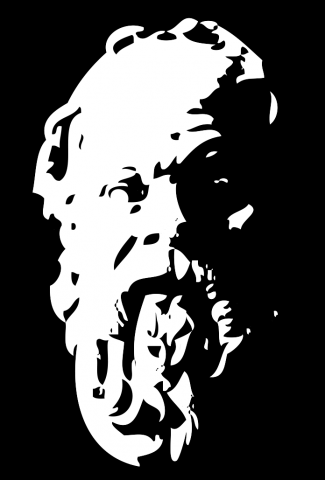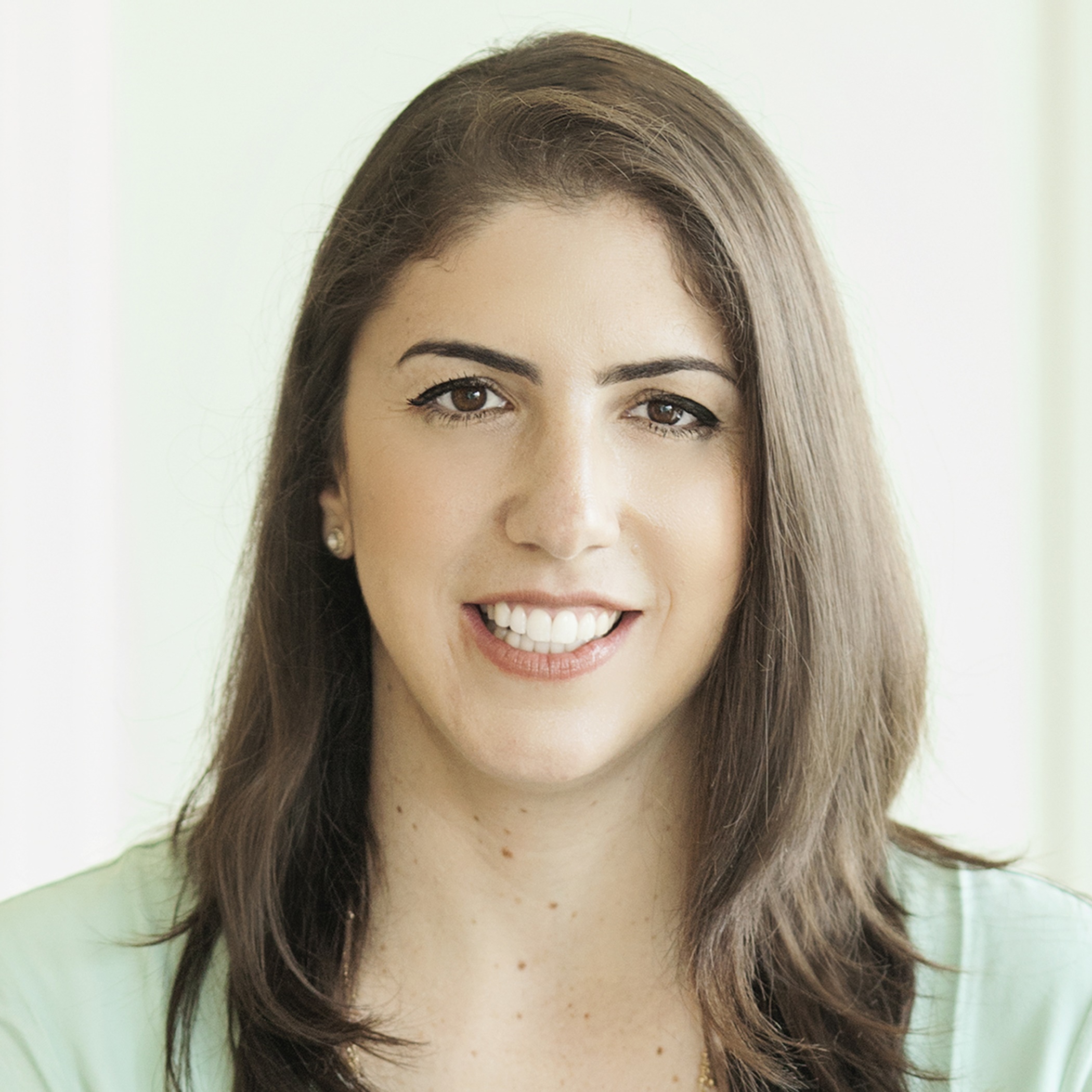Why Schools Need to Change
What Would Socrates Wonder about Next Gen Learning?
Topics

Today’s learners face an uncertain present and a rapidly changing future that demand far different skills and knowledge than were needed in the 20th century. We also know so much more about enabling deep, powerful learning than we ever did before. Our collective future depends on how well young people prepare for the challenges and opportunities of 21st-century life.
Practitioner's Guide to Next Gen Learning
What would Socrates, one of history’s most iconic gadflys, wonder about next generation learning? What questions or provocations or iconoclastic statements would he pose to those of us pushing for “next gen” or personalized learning?
During our recent NGLC Bay Area convening, we asked some of our NGLC grantees to take on the role of Socrates (albeit in modern California casual garb) as we visited nine schools experimenting with new models of personalized learning (View the complete explanation of the exercise.) This dramatization allowed some participants who would have naturally played the role of a gadfly, whether they were assigned to or not, relish the opportunity to question our assumptions, to ask difficult questions, and to push the field’s thinking even further.
Pasted below, I’ve included some of the questions our grantees posed after seeing the school models we presented.

Do students have sufficient voice?
How can we shift from personalization for students to personalization by students?
Is this really new?
Is personalized learning truly a new phenomenon or does technology enable a whole new set of tools, structures, and classroom set-ups that enable the age-old goals of more customization, differentiation, personalized attention, that good teachers have struggled to accomplish for ages?
How are we measuring success?
Do “old generation” metrics constrain “next generation” models? What are the meaningful metrics we can look towards to ensure that students are learning and progressing towards long-term outcomes that are meaningful?
Elementary vs. Secondary
How can we adapt the blended learning we observed in elementary schools, specifically in Milpitas, to secondary schools? When content becomes more challenging to differentiate? And programs like iReady are not available?
Why Personalize?
I found myself reflecting on the “why” of personalization in every school we visited. I heard so many different things:
- Increasing test scores
- College success
- Deeper connections with students
- Empowering students to solve problems
- Engaging students in a caring and supportive environment
- Transferring ownership over to students
I think we all must ask ourselves...personalization to what end?
Scaling Strategies Across Systems
What efforts have there been to scale some of the more successful models to other schools in a network or across districts/charters? What’s the regional scale-up strategy?
These six questions are only some of the many questions posed by our grantees after visiting the promising school models in the Bay Area. For us at NGLC, we take these questions to heart and will address them in the next round of tools, publications, and resources that we strive to create for our schools.
In the meantime, despite the power of the Socratic question, there is always a danger of paralysis in a conversation with gadflys. As a wise mentor once chastised me when I was being critical of education reform: “Dalia—Don’t tell me what you’re against, tell me what you’re for.” So, for our NGLC grantees out there doing really hard work of pushing the envelope, experimenting, making mistakes, and improving their practice, we hope our questions only propel you further—with our support and respect and admiration.




